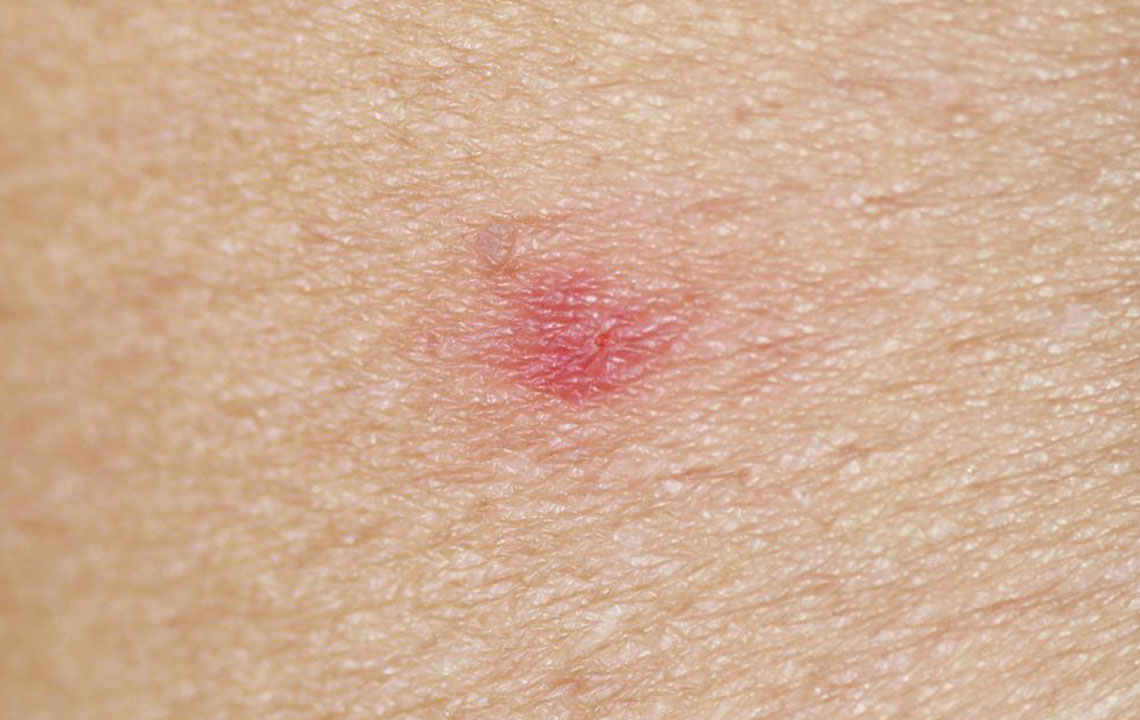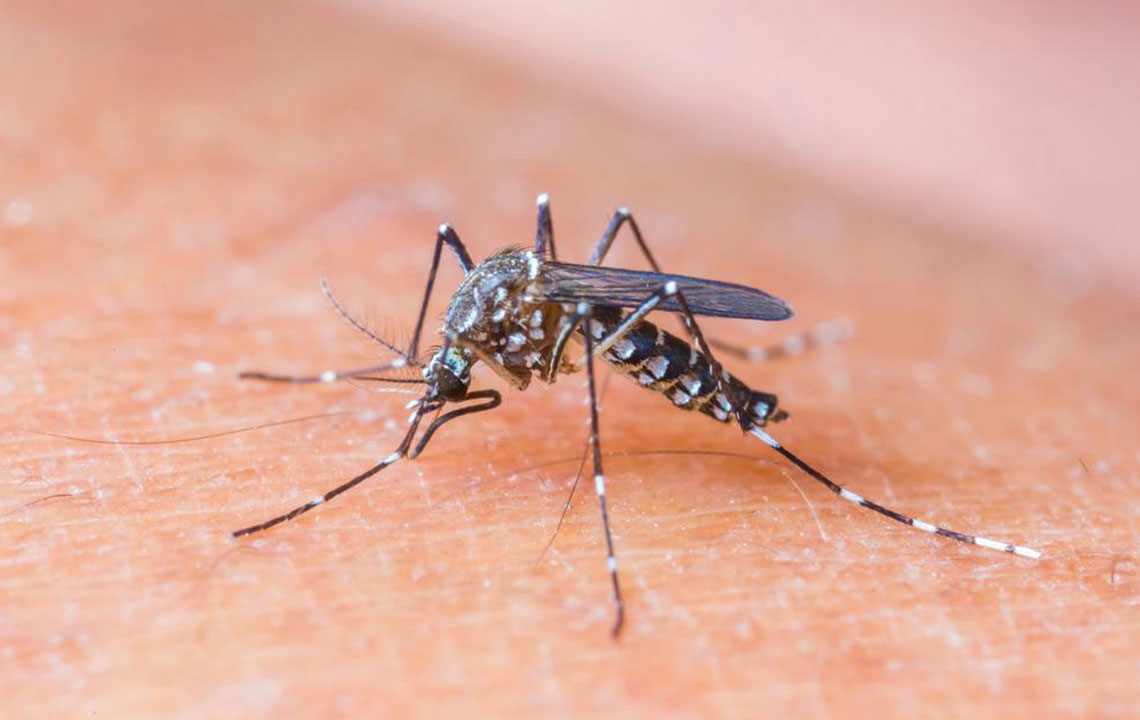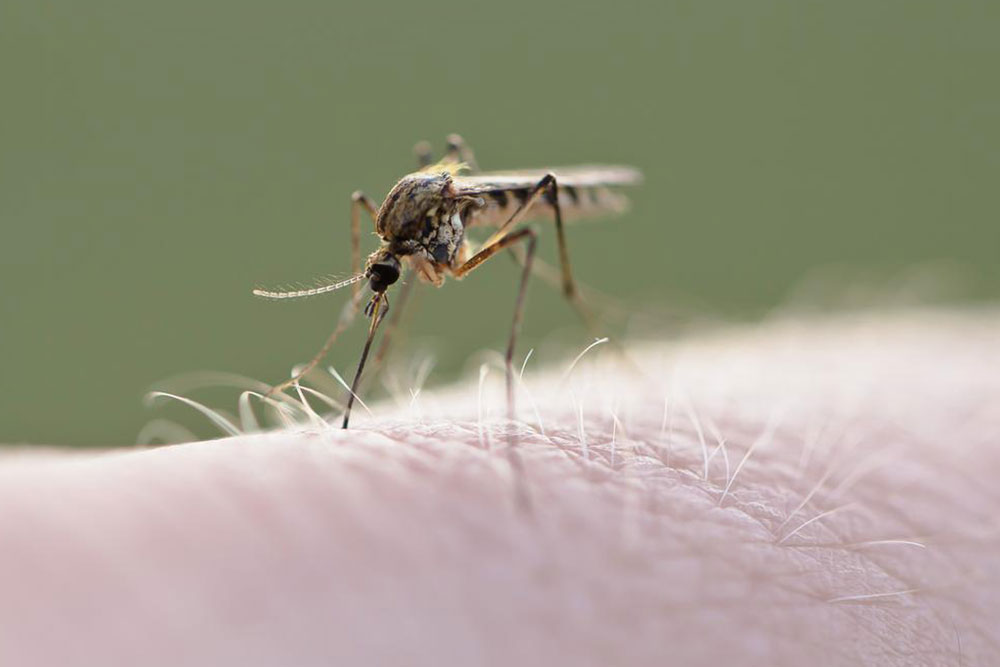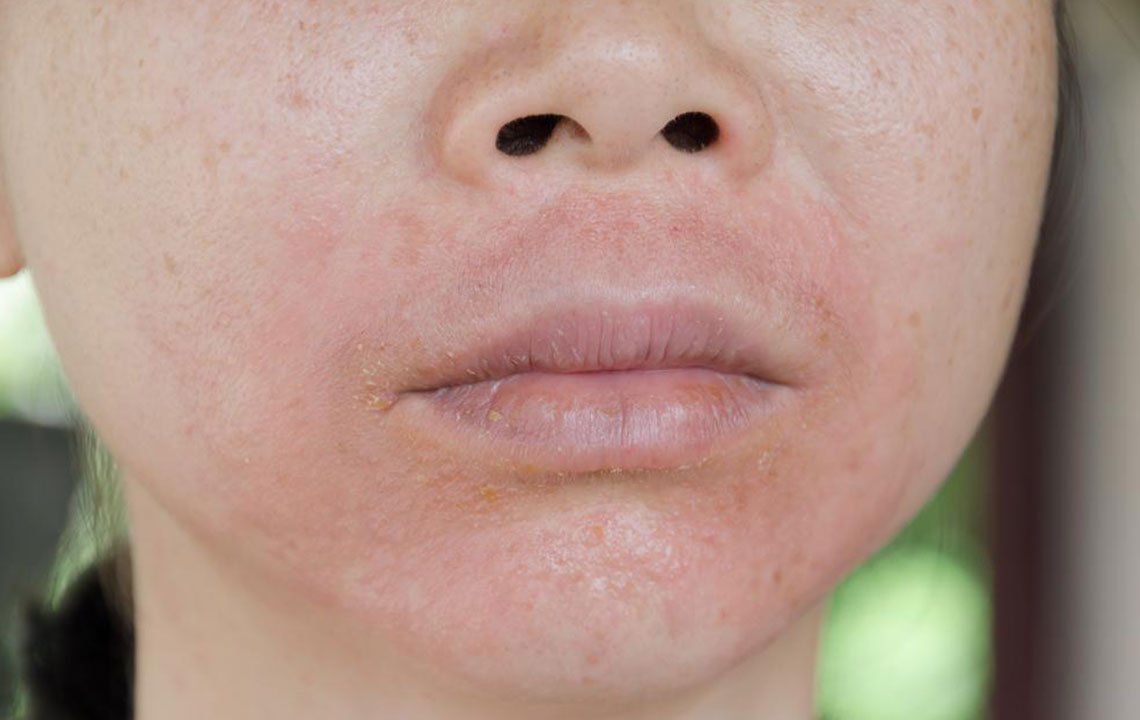Guide to Recognizing and Managing Common Insect Bites
Learn how to identify common insect bites such as those from ticks, mosquitos, fleas, and spiders. Recognizing these bites early helps in effective treatment and prevents complications. This guide highlights symptom features and essential precautions to keep safe from insect-borne illnesses.
Sponsored

Insect bites are a widespread issue, varying from mild irritation to serious health risks depending on the insect involved. Usually, symptoms resolve within days with standard treatment, but sometimes bites can escalate in severity. Early identification is crucial for effective management. Differentiating between insect bites can be challenging and may require expert advice. Here’s a helpful overview of how to recognize common insect bites and when to seek medical attention.
Tick bites: Ticks can transmit illnesses like Lyme disease. A hallmark sign is the distinctive ‘bullseye’ rash at the bite site, often featuring one or multiple rings.
Mosquito bites: Mosquitoes are prevalent carriers of diseases such as Zika, chikungunya, malaria, and dengue. The initial bite appears as a white area with a central red dot, which turns red and swollen over time. Itching is common.
Flea bites: Flea bites leave red, itchy bumps and can be painful. They are also capable of transmitting tapeworms, making their bites noteworthy.
Brown recluse spider bites: These bites often cause blisters, pain, and itching. Severe cases may result in tissue necrosis requiring medical removal. Immediate medical attention is advised.
Insect bites often signal skin irritation and underlying inflammation. Protective measures such as using insect repellents, covering exposed skin, and avoiding high-risk areas at dusk or night can help prevent bites.





